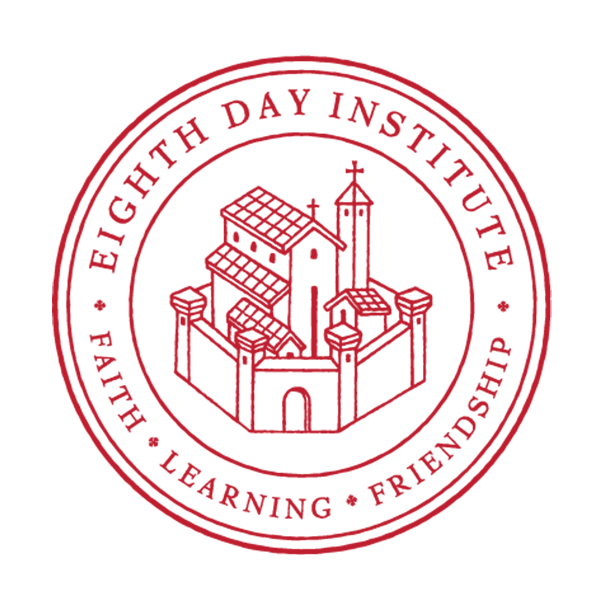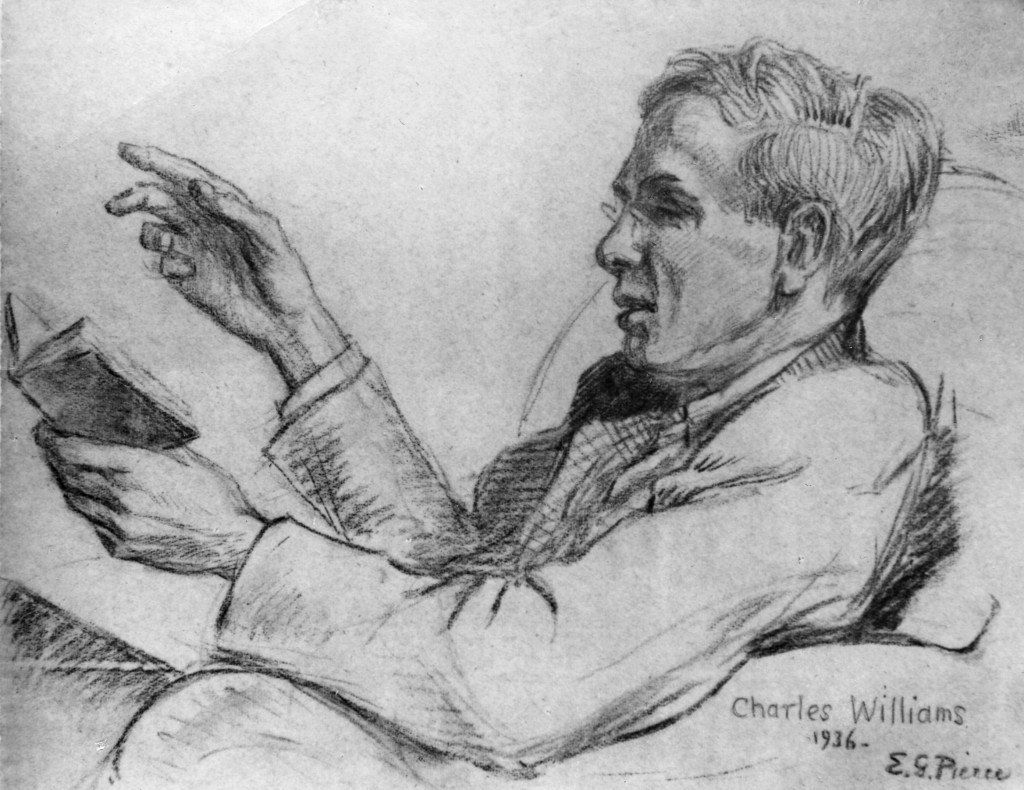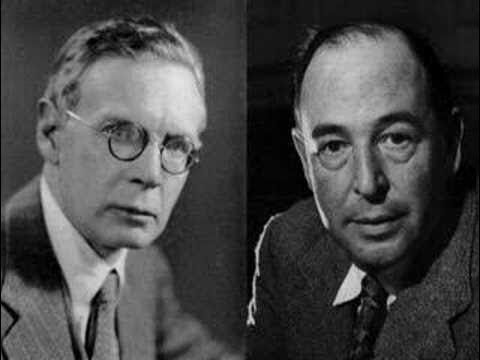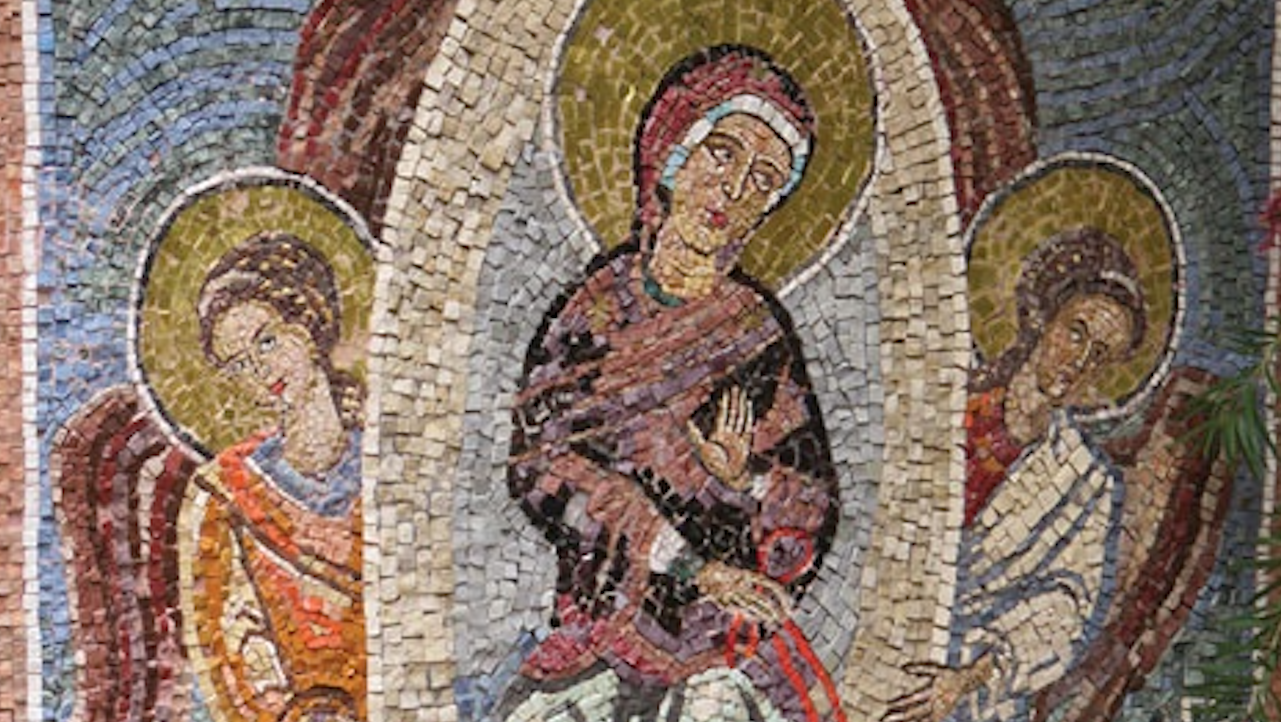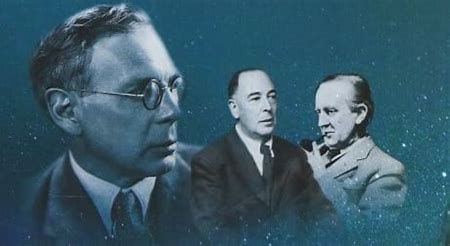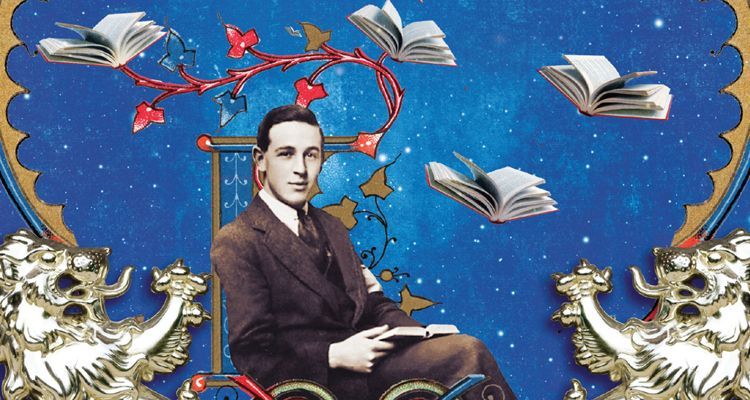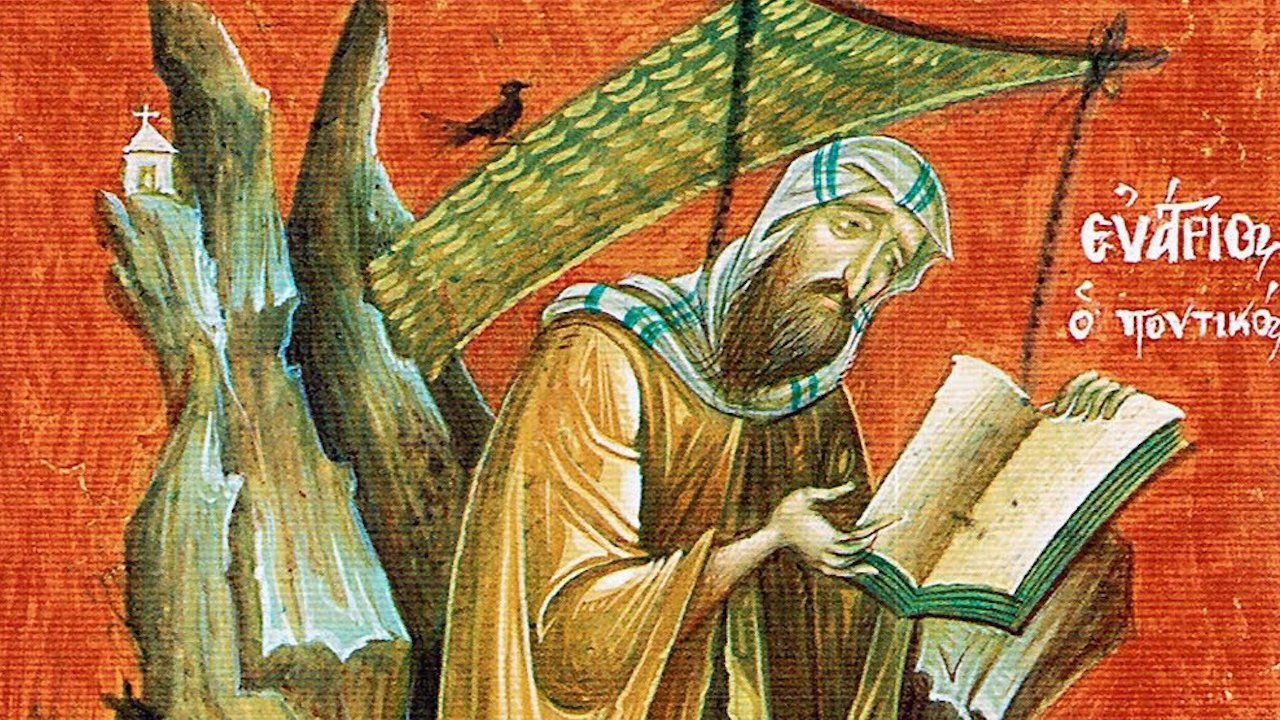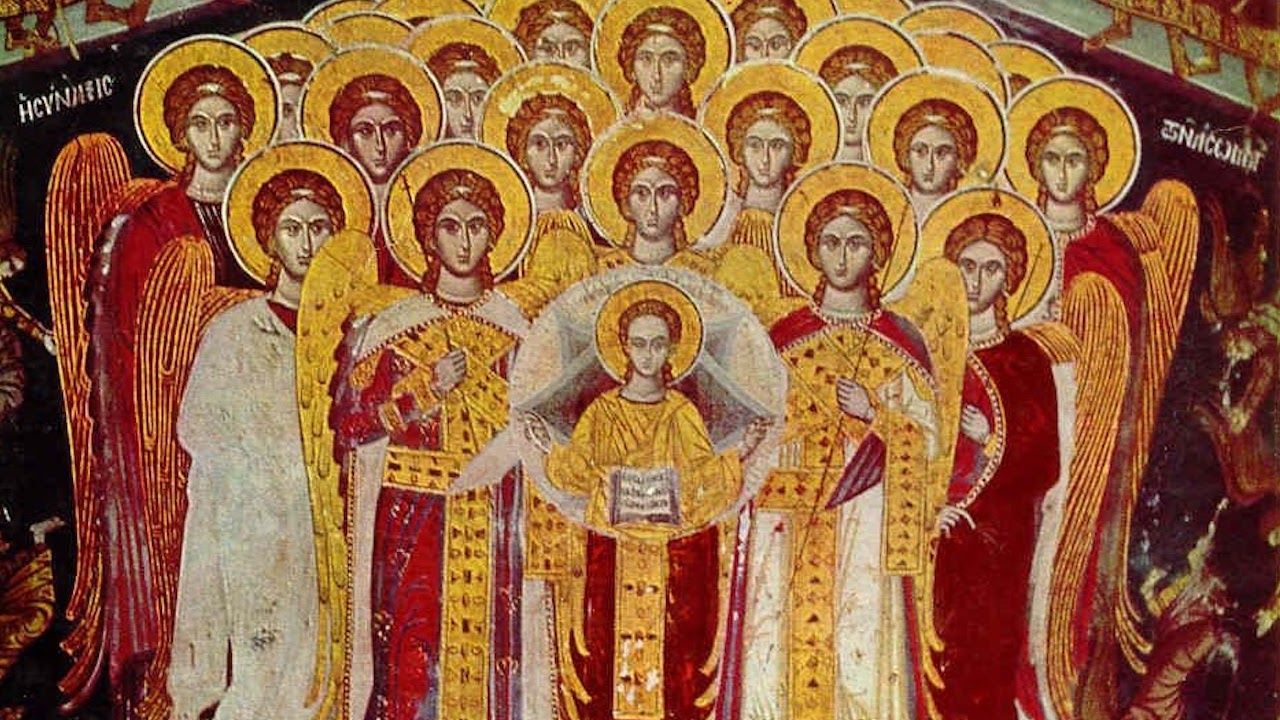Angels
by Jaraslov Pelikan
Commemoration of the Circumcision of Our Lord and Savior Jesus Christ
Anno Domini 2024, January 1
Everybody knows what angels look like—those enormous little cherub putti at Saint Peter’s, the figure of Gabriel in a Botticelli Annunciation, the powerful Michael of countless Greek and Slavic icons, Oliver Gant’s angel, as Thomas Wolfe described in Look Homeward, Angel, “held a stone lily delicately in one hand. The other hand was lifted in benediction, it was poised clumsily upon the ball of one phthisic foot, and its stupid face wore a smile of soft stone idiocy.”
Yes, everybody knows what angels look like—everybody except another Thomas, the one from Aquino. For although Thomas Aquinas and the other scholastics have a reputation for claiming to be better acquainted with the habits of angels than they had any right to be, the Thomistic doctrine of angels is actually a carefully circumscribed effort to make systematic sense of this puzzling phenomenon as it had been presented by the Bible and the Christian tradition. What connected human life with the life of the (other) animals was a physical nature; what connected humanity with the Creator was the image of God. But here were beings that biblical monotheism forbade calling gods, but that were not animals or human beings either—and yet they definitely were creatures. Denouncing what it called “angel-worship” (Col. 2:18), the New Testament had clearly insisted that angels and spirits, too, belonged on this side of the boundary line between Creator and creature. The apostle Paul was “convinced that there is nothing in death or life, in the realm of spirits (Greek angeloi) or superhuman powers, in the world as it is or the world as it shall be, in the forces of the universe, in heights or depths [perhaps a reference to the astrological zenith and nadir]—nothing in all creation that can separate us from the love of God in Christ Jesus our Lord” (Rom. 8:38-39). And so angels needed to be fitted into the order of creatures: they were rational, as God and human beings were rational; they were created, as human beings and animals were created; yet they were not physical, as human beings and animals were physical.
They were, moreover, divided into good and evil angels. Although the narrative of the Fall in the Book of Genesis spoke only of a “serpent” that was “more crafty than any wild creature that the Lord had made” (Gen. 3:1) and did not mention the Devil by name, Christian exegetes had early concluded that the agent of the temptation could not have been a mere reptile, regardless of how crafty, but must have been a fallen angel. All the powers appertaining to angels had here been put into the service of evil. The Latin epigram corruptio optimi pessima (“There is nothing worse than the corruption of the best”), for which contemporary life often seems determined to provide such ample documentation, was apparently invented by the scholastics to cover the case of the fallen angels. As Paradise Lost demonstrates, it is extremely difficult to do justice to this complex of qualities in the evil angels without making them either semidivine or else so simpátici as to dull the moral and religious edge of the entire biblical drama.
Within the Gospel accounts, angels appear at many of the most crucial junctures: an angel announces to Mary that Jesus is to be born (Lk. 1:26-38); an angel strengthens Jesus during the agony in the Garden of Gethsemane (Lk. 22:43); an angel announces to the bewildered followers that Jesus has been raised from the dead (Mt. 28:1-7), and again that He has ascended into heaven (Acts 1:10-11). They serve chiefly as messengers from God, but in the Hebrew Bible these messengers could pack a lot of power, as when “the angel of the Lord went out and struck down a hundred and eighty-five thousand in the Assyrian camp” (from the army of Sennacherib (2 Kg. 19:35). None of Thomas Wolfe’s “soft stone idiocy” here!
A decisive and influential chapter in the history of the doctrine of angels was contributed by the treatise On the Celestial Hierarchy, composed by the mysterious Christian Neoplatonist who wrote under the pseudonym “Dionysius the Areopagite.” That had been the name of one of the relatively few Athenians whom the apostle Paul managed to convert during his brief visit (Acts 17:34). Quite naturally, he is listed quite early as having become the first bishop of Athens. But early in the sixth century a corpus of writings surfaced, bearing his name and presenting a blend of Christian and Neoplatonic ideas. As the putative disciple of Paul, the author carried an all but apostolic authority; moreover, the ideas he presented corresponded to the deepest intuitions of many Christian thinkers. In the doctrine of angels he found the biblical key to the Neoplatonic theory of the “great chain of being,” which extended between the spiritual-physical being of a created humanity and the spiritual being of a Creator God a hierarchy of spiritual creatures, rank upon rank, up the ladder of heaven. (In the eyes of the bishops and other church authorities it did not harm his cause a bit that the Pseudo-Dionysius wrote a companion treatise, On the Ecclesiastical Hierarchy, in which the parallels between the church in heaven and the church on earth, therefore between angels and bishops, could be traced.)
Putting all this together, the scholastics came up with an account that located angels along the chain of creatures, as non-physical rational beings that God had made. By embedding them firmly within the natural order, scholastic philosophical theology sometimes spoke in ways that have reminded present-day physicists (at any rate, those who have read Thomas Aquinas) of the qualities now ascribed to quarks and other equally mysterious creaturely forces. As the scholastics pondered the comings and goings of angels in the biblical accounts, moreover, they sought to make sense of their remarkable means of locomotion between the heavens (wherever and whatever those might be) and earth as we know it. As a consequence, medieval angelology must be reckoned as the most ambitious sustained effort in Western intellectual history to imagine what extraterrestrial rational beings might be like—even though they did not possess bodies. In this sense it belongs to the history of scientific speculation as well as to the history of theological and philosophical speculation and to the history of art—even if no one knows for certain just what angels do look like.
*Jaroslav Pelikan, The Melody of Theology: A Philosophical Dictionary (Cambridge, MA and London, England: Harvard University Press, 1988), pp. 1-4).
Contribute to Cultural Renewal by Sharing on Your Preferred Platform
In an isolating secularized culture where the Church's voice is muffled through her many divisions, Christians need all the help they can get to strengthen their faith in God and love toward their neighbor. Eighth Day Institute offers hope to all Christians through our adherence to the Nicene faith, our ecumenical dialogues of love and truth, and our many events and publications to strengthen faith, grow in wisdom, and foster Christian friendships of love. Will you join us in our efforts to renew soul & city? Donate today and join the community of Eighth Day Members who are working together to renew culture through faith & learning.
